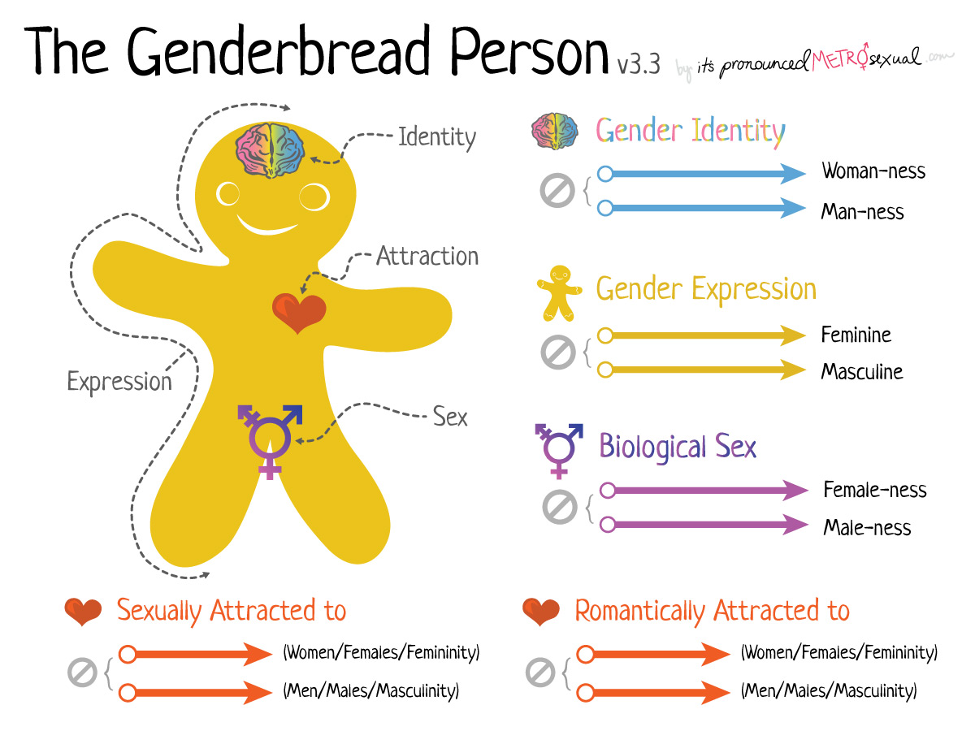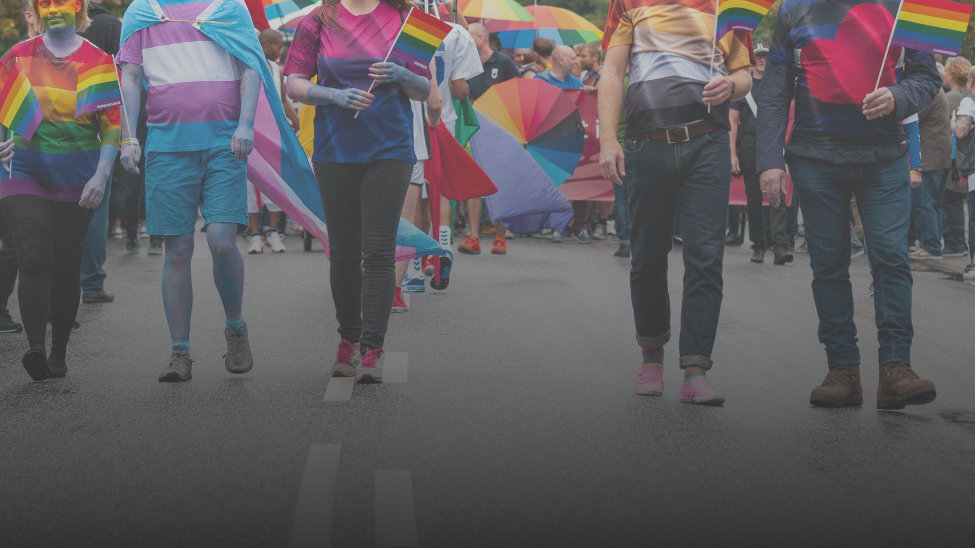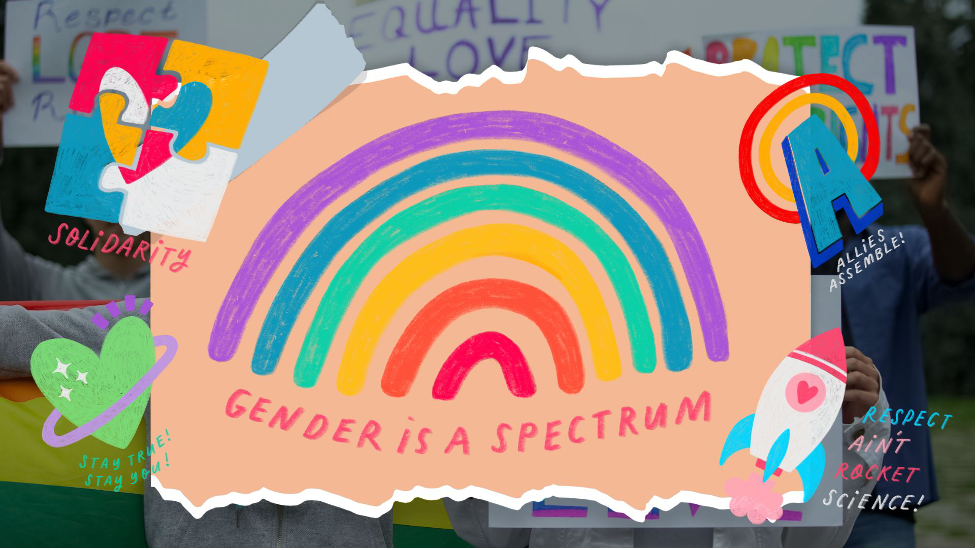In the Philippines, June is Pride month. People from marginalized sectors, color, diverse sexual orientations, and gender identities, or SOGIE march on the streets to celebrate their existence and raise their voices for issues that affect our society. It has been the same call for almost three decades now since the birth of the movement in the early 90s—to end gender-based violence and uphold equal rights.
The Philippines is the only country in Asia that predominantly embraces Christianity. It is only one of many glass ceilings we need to break in order to bridge the gap and open discussions about the importance of acknowledging diverse gender roles and sexual orientations. We were not only born but also made to believe that there are only two sexes—the binary notions of male and female bodies. If I would bite the concept of gender dichotomy, anatomically speaking, that is only 3/4s accurate. Around 1.7% of the population was born with sexual characteristics that do not fit the gender binary notions. Some of us are not born with biological traits that fit the boxes of male and female. Some of us are born with a combination of the two traits.
The discussions surrounding a person’s sexual orientation, gender identity, and expression, or SOGIE, have vastly improved in recent years—thanks to the work carried and started by those who came before us. We can see now that there are more representations in mainstream media. In a country that relies heavily on what we see on the TV, hear on the radio, or read on the dailies, representations are essential to reach more people about the existence of others, especially those who do not identify nor subscribe to the idea of the gender binary. But do we really understand what SOGIE means?
Anyone who walks, talks, thinks, and feels emotions have SOGIE.

By definition, sexual orientation scientifically answers the question “who are you attracted to, emotionally, romantically, and sexually?” Regardless if you are male or female, if you are attracted to the opposite sex, your sexual orientation is straight or heterosexual. If your attraction leans toward the same sex, you are either lesbian or gay. Your sexual orientation is bisexual if you are attracted to two or more sexes, the umbrella term queer if you are fluid, and asexual if you do not experience sexual and/or emotional attraction towards individuals of any gender. However, these are not the only sexual orientations we know. In the acronym LGBTQIA+, the first three letters, LGB (Lesbian, Gay, Bisexual), and the Q (queer or questioning) are types of sexual orientation, the SO in SOGIE.
Gender identity is fundamentally different from sexual orientation. It describes a person’s deeply-held or inner sense of self whether they are female, male, both, or neither. Gender identity is a person’s internal experience of gender which may or may not be the same as a person’s assigned sex at birth. People who identify with their assigned sex at birth are called cisgender (man or woman). Transgender describes people with gender identities that do not match their assigned sex at birth. There are also people who do not conform or identify fully as a man or a woman. They identify as gender non-conforming, gender fluid, or non-binary. If a person does not identify with any gender, that person’s gender identity is agender.
The key to inclusivity is making the effort to learn

Did you notice the two italicized terms in the paragraph above? They and assigned sex at birth. The pronoun ‘they’ is one of many gender-neutral terms you may use if you do not want to specify your subject as male or female. So, if you are uncertain about a person’s pronouns, or if you would wish to be more inclusive, it is better to use they/them and other gender-inclusive pronouns instead of sticking to the commonly-used gendered terms like he/him or she/her.
Assigned sex at birth. We all have filled out countless forms in our lives. One staple question pertains to a person’s sex or gender with checkboxes next to male, female, sometimes other, or do not specify. This type of form may be harmful to people who do not identify with any of the options. It also excludes people who do not conform to gender binary notions. If it’s unavoidable, say in medical and legal forms, using the term “assigned sex at birth” is way better than forcing people to check boxes they do not fit in. The most inclusive way of asking about a person’s SOGIE is, of course, to leave it blank.
Long way to go, long fight for all.

SOGIE is not a term exclusive to a select group of people only. All human beings have sexual orientation and gender identity. We all express our gender in different ways. It just so happens that certain groups of people experience discrimination, violence, and harassment solely because of their SOGIE. The continuous insistence that the gender binary (male or female) is the default poses harmful effects on the mental and social well-being of people in marginalized sectors. In the case of the members of the LGBTQIA+ community, they are often the ones who experience othering; an act of excluding people by simply being different, or because they do not fit in within the norms of social groups.
The discussion about SOGIE is long, and it may intimidate people who are just learning it now. For that reason, continuing to educate people instead of shoving our beliefs down their throats will always be the best weapon to end the stigma and insistence that we should be identified based on a dichotomous social construct.
Part 2 of this article will talk about Gender Expression, Sexual Characteristics, and how we could become better allies. As mentioned earlier, we all have SOGIE. But not all have equal opportunities to live a dignified life. Understanding our differences and using them for the greater good is key to diversity and inclusion. There is no Pride for some of us without liberation for all of us. As quoted by the American political activist Angela Davis “You have to act as if it were possible to radically transform the world. And you have to do it all the time.”
Here’s a link to GLAAD’s Media Reference Guide.
Never cease learning. Be courageous in changing the things you can’t accept.


